Planet name
Sol 4; Terraqua
Continents
West Afrania, East Afrania, North Eurica, South Eurica, Antasia, Eurasia
Important: Emotional Quotient takes place in the southern parts of North Eurica.
This story takes place on a different planet that was discovered in 2023, although rumors state that scientists and astronomists discovered Terraqua back in 1981 and kept this a secret until technology to travel through space was developed far enough to realize a move of all humanity.
Terraqua was quickly deemed as a safer environment for humans to live, after Earth's resources were close to being exhausted and its atmosphere was too polluted to live in. Terraqua's atmosphere is practically an exact copy of Earth's atmosphere (in a healthy state).
Humans, when finally making the one-way trip to Terraqua, took different species with them to create a similar nature, and nurture their new planet in the best ways possible. This means the animals, for instance, are the same as we know them on Earth. All new technologies like solar power were immediately used to prevent humans from exhausting (or polluting) Terraqua and its resources.
The start of Terraqua
Only a select group of people was chosen to make the first trip to Terraqua, and prepare the arrival of the rest of the humans strong enough to make the trip. When they arrived, they started a completely different society, with its own—new—rules and laws.
One of these rules was that Emotions needed to be trained, and people with high EQ's needed to rule the new world to prevent disputes between different parts of the world. No war has taken place since the start of the new society, and humans are living peacefully together on the new planet.
There is only one language, English, and there are no separate countries. Instead, the world functions as one country, with different provinces and counties that live and function under the same laws. This was meant to give every human being the same rights and rules.
Segregation
However, segregation still exists, even in the peaceful society of Terraqua.
Before humans were allowed to step into the spaceships that would transport them to the new world, everyone was tested to get their official EQ. Those who were unable to control their emotions, or simply had a low EQ, were separated from those with a high EQ. During the trip to Terraqua, people were re-educated and at arrival given a job or task to help develop society. This meant that those with lower EQ's or no emotional control were given jobs and tasks that required little to no collaboration or emotions to perform their job/tasks. Those with a high EQ were given better jobs.
Thus, the EQ driven society started.
Want to know more?
If you wish to read more about the planet Terraqua (Sol 4), continue reading (this isn't that important, but it does explain, for instance, the lack of seasonal changes)
Of course it also creates a better reading experience ;)
If you don't want to know, please skip to the next chapter to learn about the educational system on Terraqua.
The planet: Sol 4; Terraqua
Sol 4; Terraqua, is the fourth planet from its Solar system's Sol (Apollo), and the second astronomical object known to harbour life—after Earth. Radiometric dating and other evidence show that Terraqua formed over 3 billion years ago. Terraqua's gravity is strong enough to interact with other objects in space, for instance with it's two moons—Eros and Ares—and its Solar system's Sol—Apollo. Terraqua orbits around Apollo in 365.26 days—which is known as a Terraqua year and is equal to one year on Earth. In this time, Terraqua rotates around its axis about 366.26 times. One Terraquan day lasts for 24 Terraquan hours, which is also equal to one day on Earth.
Seasons
Since Terraqua rotates around its axes without the known tilted effect of former Earth, there is no change in time for sunset and sunrise, which has been steady since the discovery of Terraqua, 50 years ago. Because of this, in parts of both North Eurica and Antasia the sun never rises for longer than one Terraquan hour, while parts of South Eurica and East Afrania remain in daylight for nearly 20 hours every day. There are 12 months of which 4 (April, June, September and November) are 30 days long, 7 (January, March, May, July, August, October and December) are 31 days long and 1 (February) is either 28 or 29 days long. Which means these months have the same names and length as they have on Earth.
Uninhabitable part
Due to the fact there is no tilt in its axis, there is no change in seasons on different parts of the planet. With these steady futures, it means that the entirety of Antasia and parts of North Eurica are practically uninhabitable due to the constant extremely low temperatures. People who do visit these parts of the planet are advised to only stay outside for less than 2 hours and wear protective clothing which are designed for its extreme weather conditions.
In parts of South Eurica, North Eurica, East Afrania and the southern parts of Eurasia there is a practically steady summer season with temperature fluctuating between 20 and 35 degrees Celsius (68F – 95F), which caused these parts of the planet to quickly become overpopulated.
Sol and moons
The new Solar's star Sol—Apollo—is a sun which has a smaller volume than humans’ former sun. This doesn't form a problem, as Terraqua is closer to its sol and has an atmosphere that is similar to Earth's atmosphere. It has been giving the name Apollo—the Greek god of light—but is still referred to as 'sun'.
The moons, Eros and Ares are named after former Greek gods of love (Eros) and war (Ares). These names were given to them due to the fact they not only rotate around Terraqua, but also around each other, as if 'sparring' for a fight. They influence the planet's tides.
Terraqua is almost equally divided into water and land: 52% water and 48% land; which explains the planet's given name 'Terraqua': Terra (ground) and Aqua (water). The biggest part of water consists of ocean's (89% of all water) while the other 11% of water forms lakes and rivers. An estimated 47,4% of the planets landmass is inhabitable.
The gravitational interaction between Terraqua and its moons Eros and Ares causes tides that do fluctuate, depending on which moon is closer to Terraqua. Whenever Eros is closer, the tides are similar to Earth's tides. However, Ares causes more unstable (storm)tides and during its influence on Terraqua's tides, it is highly discouraged to go out into the planet's oceans on any other vessel than a boat.
The moons switch in interaction with Terraqua about once a month (every 29 days).

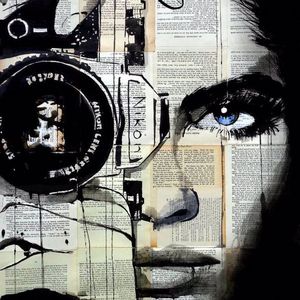
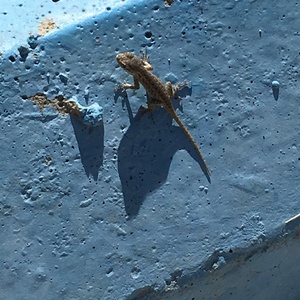


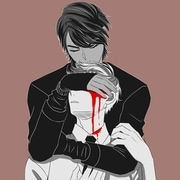
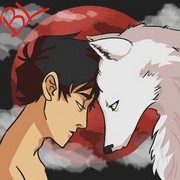

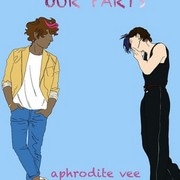
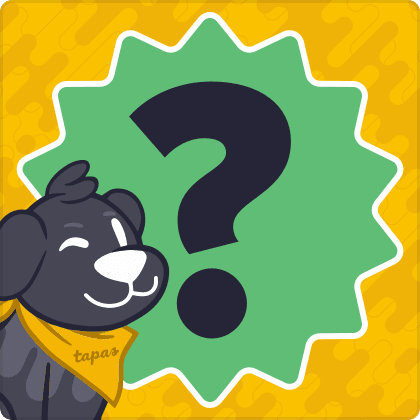

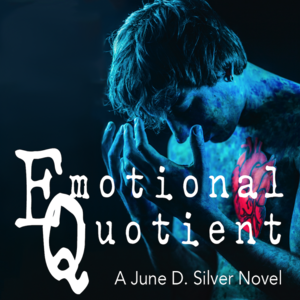
Comments (1)
See all